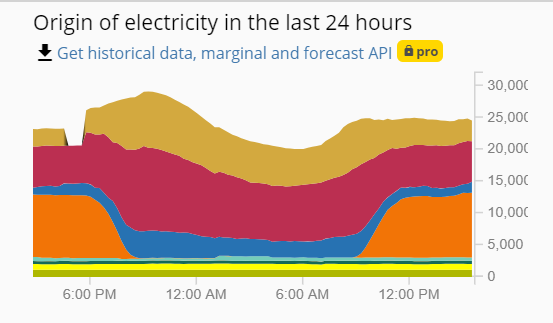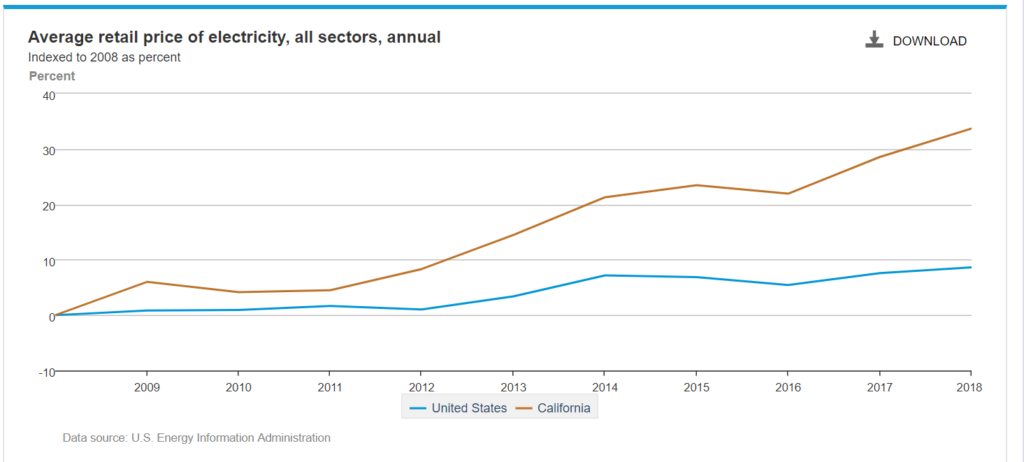California Forced to Subsidize Natural Gas Plants to Prevent Widespread Blackouts
Wind and solar are often touted as a way of reducing our electricity bills, and our dependence on fossil fuels like coal and natural gas. However, the experience of California shows that these talking points are flat out wrong.
There is no question that California has some of the most aggressive mandates for renewable energy production in the country. The state recently adopted a 100 percent “clean” energy mandate b 2045, with 60 percent of the state’s electricity coming from renewable energy by 2030. A new law requires all new houses built in the Golden State to have solar panels on the roof, and the City of Berkeley took the unprecedented step of banning the use of natural gas in new construction.
But while renewable energy boosters may gush about all of the government mandates in California, they conveniently ignore the fact that the state is also making payments to natural gas operators to make sure the power doesn’t go out when the wind isn’t blowing and the sun isn’t shining.
These payments aren’t necessarily subsidies, per se, but increasing amounts of wind and solar on the California grid are causing real reliability concerns, so grid operators in California now need to issue contracts that pay natural gas plants to prevent them from closing, ensuring the Golden States has enough reliable electricity available when renewables aren’t showing up to work.
These contracts are known as Reliability Must Run (RMR) contracts in industry lingo.
The picture below is from Electricity Map and it shows the generation profile of California on October 3, 2019. The orange area is solar production, the light blue (barely visible) shows wind generation, the blue area is hydro, the red area is natural gas, and the brown area is imported electricity.

As you can see, despite the fact that California has heavily subsidized and mandated wind and solar, the state still depends on natural gas and imports of electricity (generated from natural gas, coal and nuclear power plants in Arizona and Nevada) to ensure there is enough electricity to meet demand.
Paying for all of this wind, solar, natural gas and imported power is incredibly expensive, which is why California saw its electricity prices increase four times faster than the national average since 2008, when then-Governor Arnold Schwarzenegger (R) signed an executive order increasing the state’s renewable energy mandate to 33 percent by 2020.

Things will likely get worse in California before they get better. As the state mandates more solar on the grid while also shutting down the Diablo Canyon nuclear plant, the state will see rising electricity prices and become even more dependent upon natural gas and imported electricity from their neighbors.
Minnesota lawmakers would be wise to avoid the mistakes of California, but unfortunately, the Governor and liberal members of the House of Representatives seem to think the Golden State is setting a good example for the rest of us.